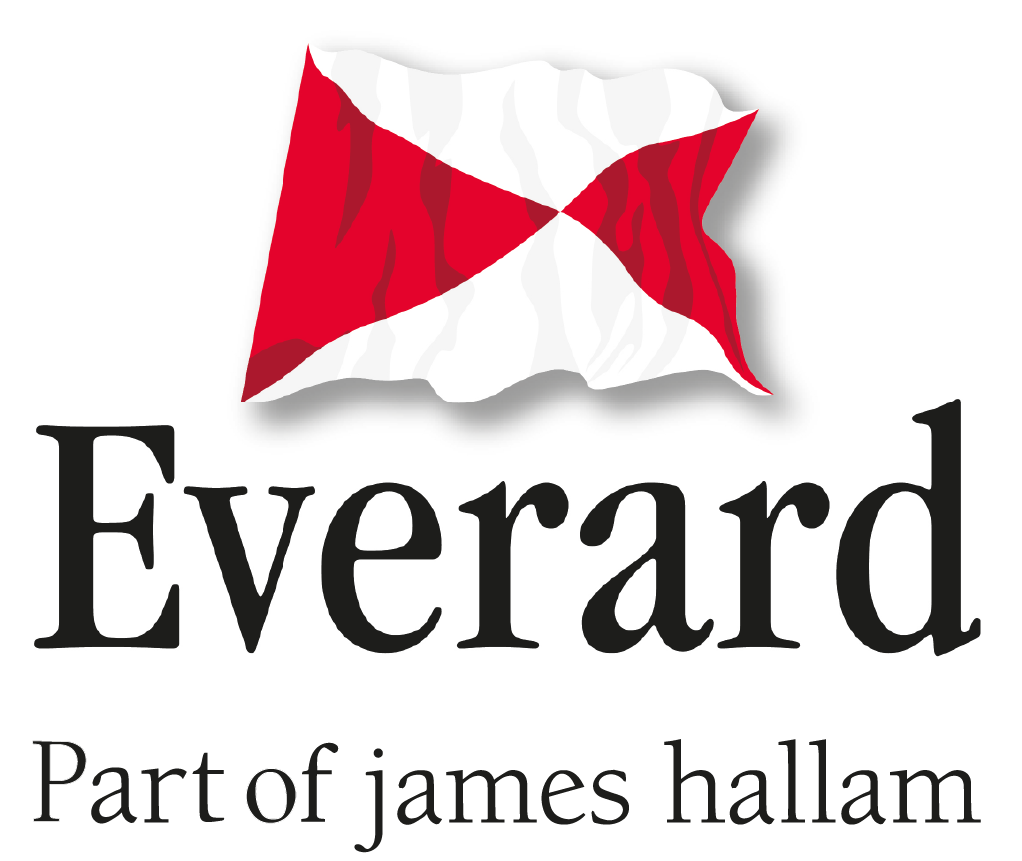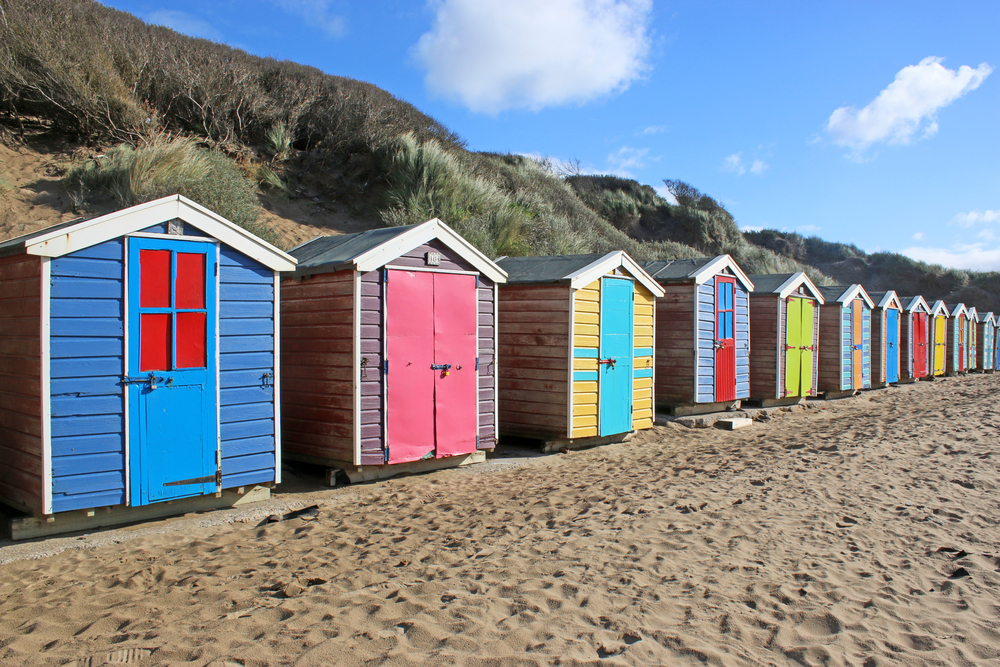On 10 July 2025, the UK Government introduced the English Devolution and Community Empowerment Bill. This bill is intended to give local governments across England “unprecedented powers to deliver growth”.
One of the proposals in this bill is a ban on upward-only rent review clauses in commercial leases.
In this post we will outline the implications of this possible new law, and assess how they might affect landlords and investors.
What is an Upwards-Only Rent Review?
This is a clause in a commercial leasing contract that allows the property owner or landlord to adjust the rent at set intervals, but only if the market rent has increased. The rent will stay the same if the market rent has stayed the same, or if it has decreased.
This means that, at the point of review, the rent can either stay the same, or it can increase. But it can never decrease, not even if the overall market is in a bad state.
Why Is The Government Looking to Ban Upwards-Only Rent Reviews?
The above situation is good for landlords and investors, as it guarantees that rental income from commercial properties can never decrease, no matter how bad the overall market conditions get.
Upwards-only rent reviews are not so good for tenants, though. There is a risk that they may get locked into paying expensive rents even during economic downturns.
The government is hoping that this new law would help high streets through making it more economically viable for retailers and other businesses to operate through unstable markets.
Who Would an Upwards-Only Rent Review Ban Apply To?
The new law would ban upwards-only rent reviews on new commercial leases. Under the proposed new law, at the point of review, a tenant’s rent could decrease in line with market rents at the point of review.
Existing leases would not be affected by this new bill. Nor would lease agreements that are finalised before the new law comes into force.
The law would apply to leases on premises occupied by tenants for business purposes. The new rules may not apply to headleases who sublet their premises to a single business, or to multiple businesses.
How Would an Upwards-Only Rent Review Ban Affect Investors and Landlords?
This new bill would have a number of effects, including:
- Tenants will get more powers and more flexibility, and many may get more affordable rents as a result.
- Landlords will lose income certainty. Some may choose to set higher initial fixed rents to counter the uncertainty, and others may choose to revise their lease structures and agreements to give themselves more flexibility.
- Investors will face increased risks with the rental properties in their portfolio. Some may choose to invest in overseas properties instead of UK properties as a result.
In short, this new bill would mean that landlords and investors would no longer be able to depend on stable or increased rental income during times of economic downturn.
The new rights for tenants that the bill would introduce includes the ability for tenants to take action against high rents. If the landlord chooses not to review the rent, the tenant could take any action necessary to trigger a rent review. So, if the market is falling, and the tenant feels they are paying too much rent, they could force their landlords to take action.
In response, landlords may choose to introduce stepped or fixed rental increases in their contracts, as the ban only applies to open-market rent review clauses. Or they may switch to an index-linked review model, where rental adjustments will be based on inflation rather than market rents.
When Would This Law Come Into Force?
The bill is currently at its second reading in the House of Commons. It could take up to 12 months from now for the bill to pass through the parliamentary process, and there may be amendments before it is passed.
If the bill does pass, it will not apply retrospectively. It will only apply to new commercial leasing contracts.
If you would like to know more about the potential consequences of this bill, you can read the government’s impact assessment.
Real Estate Business Insurance You Can Depend On
This new law would represent a significant reform for UK leasing laws. It could empower tenants in the long-term, but there may be a lot of uncertainty for landlords and investors in the short-term.
At James Hallam, we can help you ensure your real estate business is ready to weather any potential rough waters. We are an independent Lloyd’s broker with a dedicated team of experienced insurance professionals who specialise in protecting your real estate business.
Find out how we can help you today.












